HR's Role in Managing FMLA Paperwork: Simplified Guide

The role of Human Resources (HR) in managing Family and Medical Leave Act (FMLA) paperwork is pivotal for both compliance and employee support. As employers and HR departments navigate the complexities of FMLA laws, streamlining the management process is essential. This guide will delve into the HR's responsibilities, provide a step-by-step walkthrough, and offer insights on simplifying this often daunting task.
Understanding FMLA: The Basics
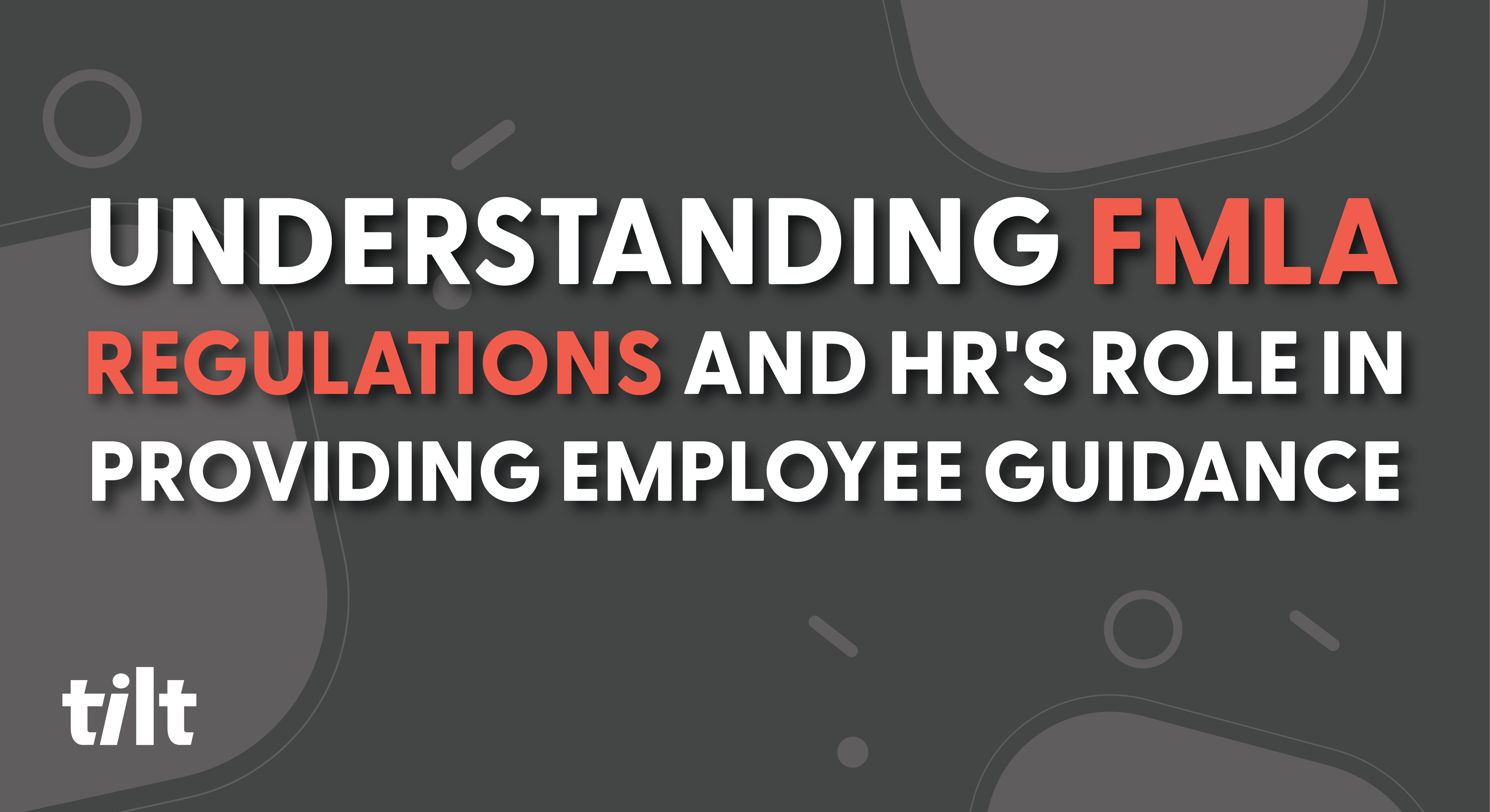
Before diving into the specifics of paperwork, let's review what FMLA entails:
- Coverage: Employees who have worked for at least 12 months and 1,250 hours during the 12-month period preceding the leave are eligible.
- Duration: Eligible employees can take up to 12 weeks of unpaid leave per year for reasons like childbirth, adoption, serious health conditions, or care for immediate family.
- Job Protection: FMLA guarantees job protection during leave but does not mandate payment, except under specific circumstances.
HR's Role in FMLA Management

HR professionals wear many hats when it comes to FMLA. Here are their primary responsibilities:
- Eligibility Assessment: HR must determine if the employee meets FMLA eligibility criteria.
- Notification: HR needs to inform employees about FMLA rights, requirements, and paperwork.
- Documentation Management: Collecting, organizing, and maintaining accurate FMLA documentation is crucial.
- Communication: HR serves as the liaison between the employee and management regarding leave details.
- Tracking Compliance: Ensuring adherence to FMLA guidelines for leave duration, reinstatement, and benefits.
Step-by-Step FMLA Paperwork Process

Let's outline the FMLA paperwork management process for HR:
Step 1: Notification and Request

- The employee requests FMLA leave or informs HR of their need for leave.
- HR informs the employee about FMLA eligibility, rights, and responsibilities, typically through an Employee Rights and Responsibilities Notice.
Step 2: Medical Certification

- HR requests a completed Medical Certification Form from the employee or their healthcare provider.
- This form verifies the reason for leave under FMLA provisions.
Step 3: Designation of Leave

- Once the medical certification is received, HR determines if the leave qualifies as FMLA leave.
- The Designation Notice is sent to the employee to inform them of FMLA leave approval or denial.
Step 4: Tracking Leave

- HR tracks the amount of leave taken to ensure it does not exceed the 12-week limit.
- Regular updates with the employee regarding remaining leave are essential.
Step 5: Return-to-Work and Reinstatement
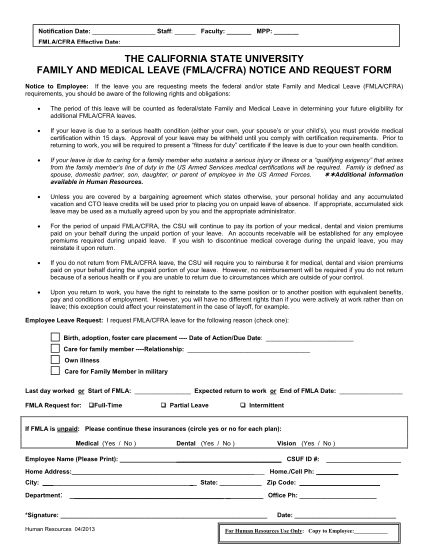
- Before the employee returns, HR should obtain a Fitness for Duty Certification if required.
- Ensure the employee is reinstated to their position or an equivalent one with the same benefits.
Streamlining FMLA Management
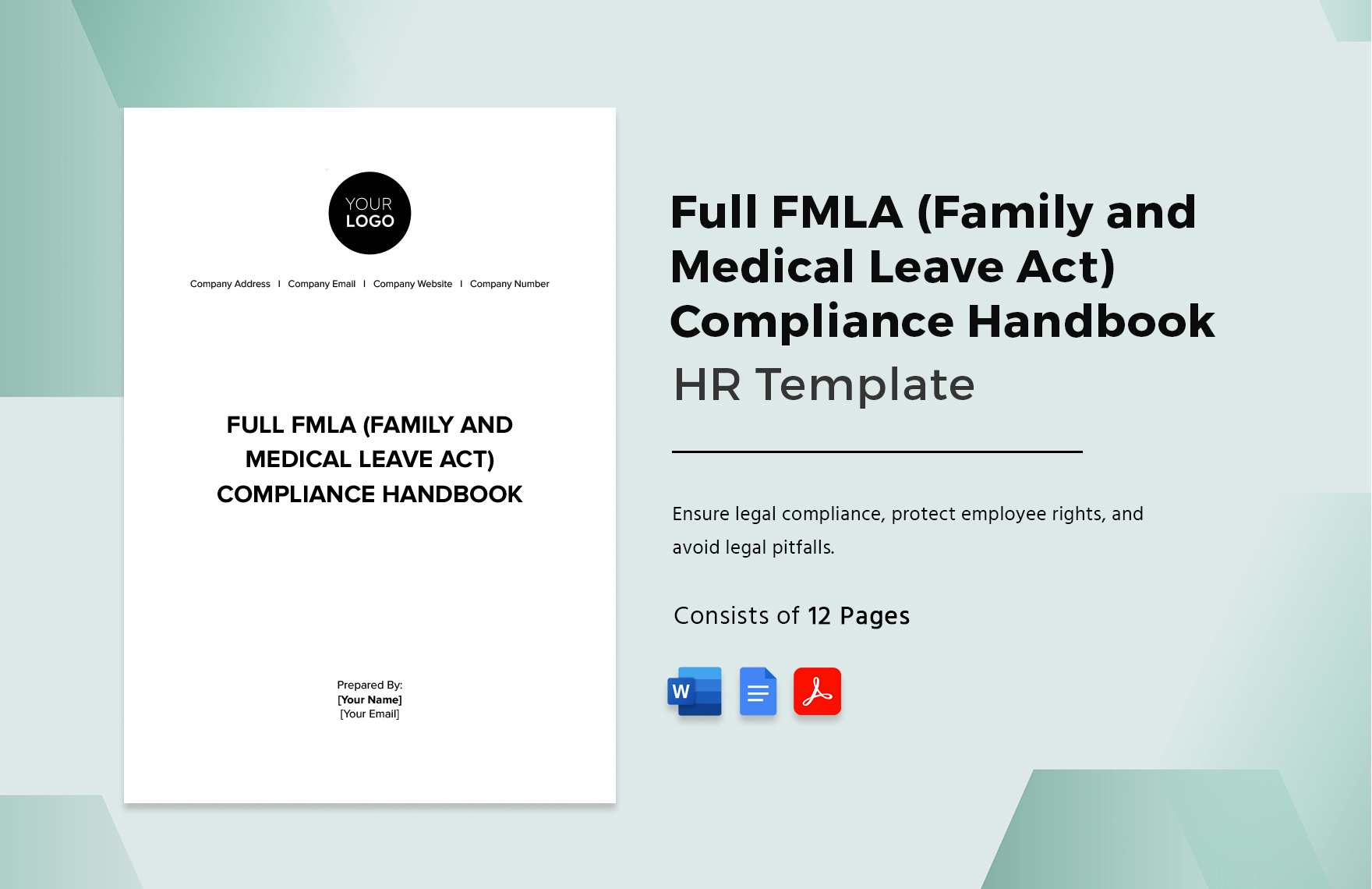
Here are some strategies HR can employ to simplify FMLA management:
- Digitize Documents: Use HRIS or FMLA software to track leaves and reduce paper clutter.
- Automate Notifications: Set up automated email or HR system alerts for eligibility, notices, and deadlines.
- Standardize Processes: Develop a checklist or flowchart for HR to follow, ensuring no step is missed.
- Education: Regularly train HR staff on FMLA updates and ensure they're well-versed in legal requirements.
- Communicate Clearly: Maintain open lines of communication with employees throughout their leave.
📝 Note: Using an HRIS or FMLA software not only streamlines documentation but also helps in maintaining accurate records, which is critical for legal compliance and audits.
FMLA Compliance and Pitfalls to Avoid

Here's a table highlighting common pitfalls and ways to avoid them:
| Common Pitfall | How to Avoid |
|---|---|
| Misinterpreting eligibility | Ensure HR understands eligibility criteria and uses tools to track employee hours. |
| Missing deadlines | Automate notification processes to remind HR and employees of deadlines. |
| Inadequate record keeping | Implement a robust system for tracking and storing FMLA-related documents. |
| Ignoring the intermittent leave | Train HR on managing and calculating intermittent leave correctly. |

The Wrap-up

By following these steps and employing the strategies outlined, HR departments can significantly reduce the administrative burden associated with FMLA paperwork. Effective management ensures compliance with legal requirements while providing employees with the support they need during critical times. Remember, the goal is to balance the organization's operational needs with the employees' rights to leave, fostering a culture of trust and respect. Ensuring HR stays informed about FMLA updates and maintaining clear communication with employees are key to simplifying the process for everyone involved.
What happens if FMLA paperwork is incomplete or not submitted on time?
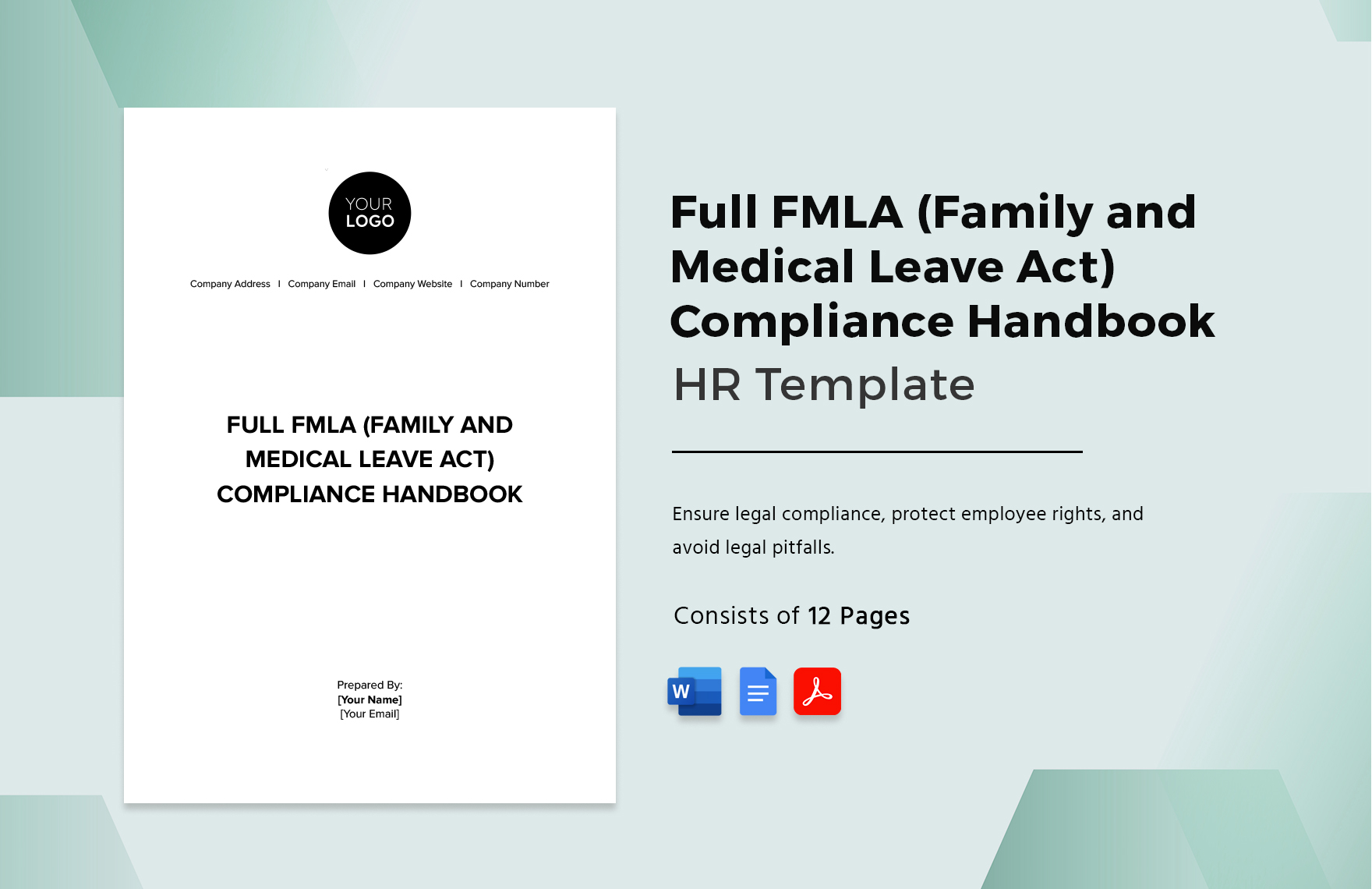
+
If FMLA paperwork is incomplete or not submitted on time, HR should:
- Communicate with the employee to inform them of the missing documentation.
- Provide a reasonable deadline for submission.
- If not resolved, consider the leave as non-FMLA leave, potentially affecting job protection.
How can HR best handle intermittent leave under FMLA?
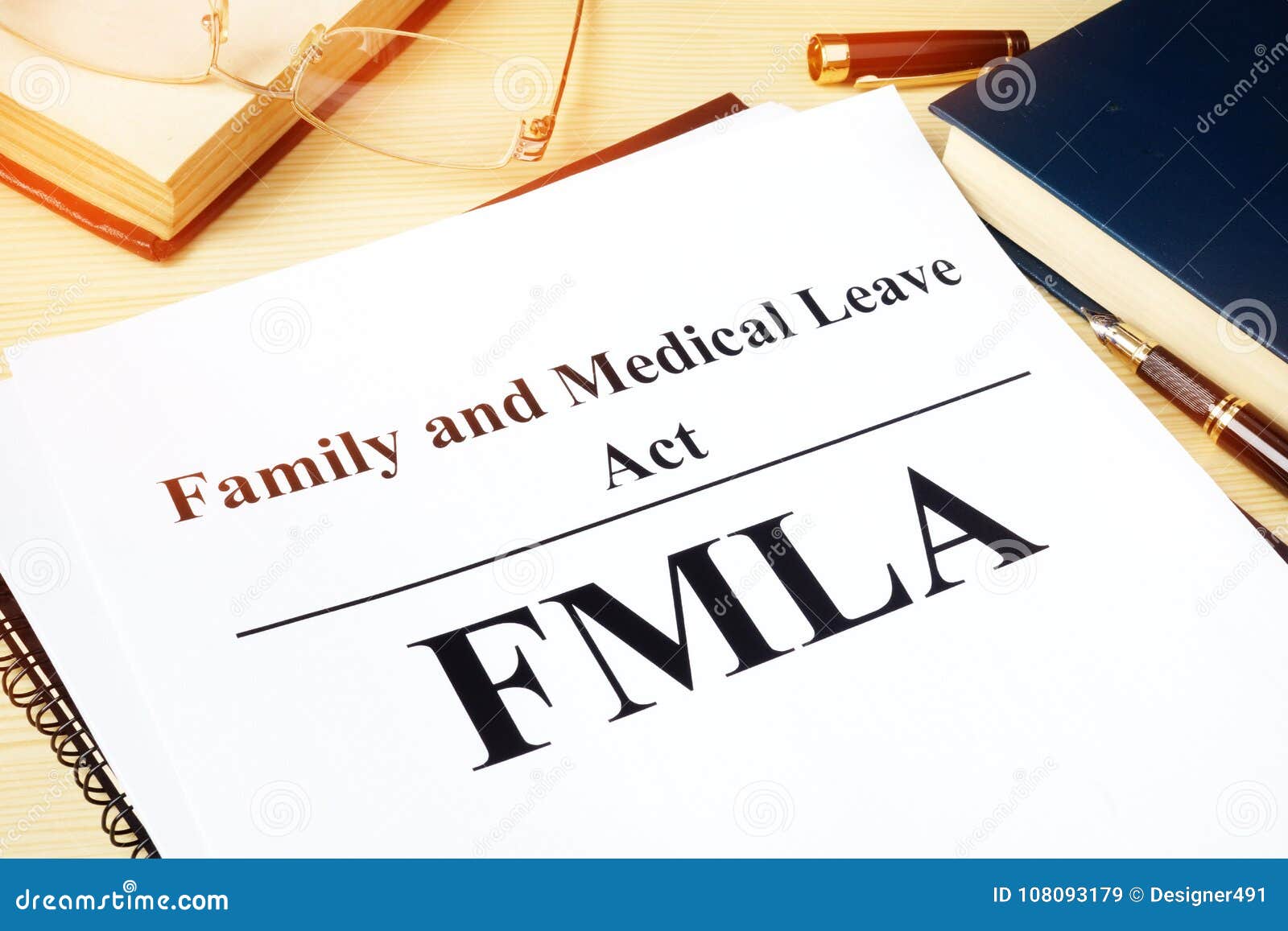
+
HR can manage intermittent leave by:
- Tracking the number of hours taken with precision.
- Using HR software to automate and log leave entries.
- Keeping open lines of communication with employees about their leave status.
Is HR required to provide a Designation Notice to every employee who requests FMLA leave?

+
Yes, HR must provide a Designation Notice to:
- Inform the employee whether their leave will be designated as FMLA leave.
- Specify the amount of leave counted against their FMLA entitlement.
- Describe any obligations or expectations during the leave.